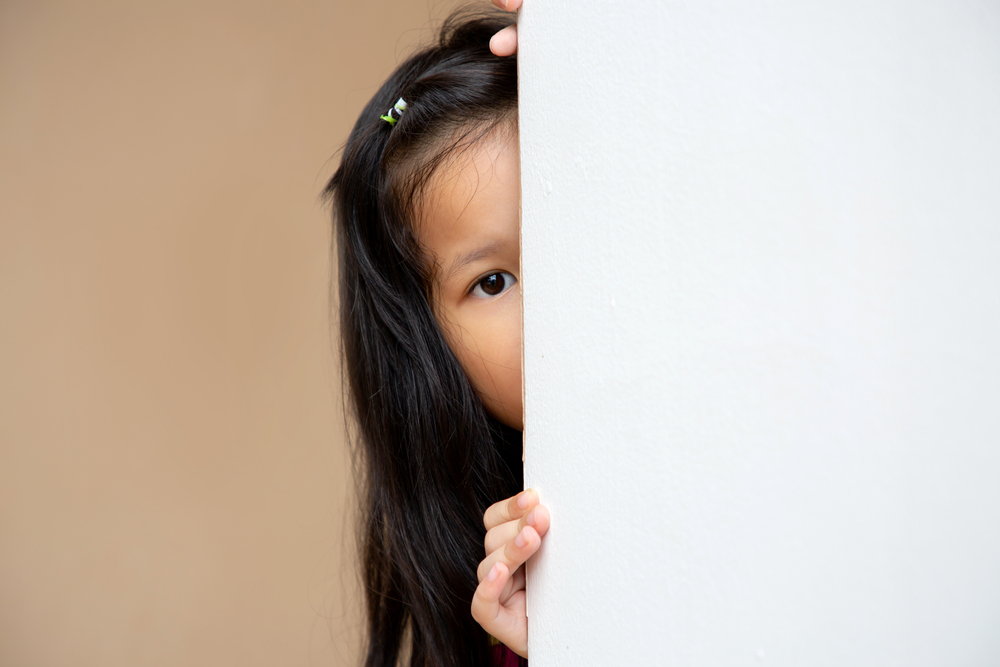
Source:Pediatric Specialist Doctor, Chiu Cheung Shing
When children get sick, some parents may become very anxious and immediately take their child to the doctor or give them medicine. However, some parents believe that if they wait for a while, the child will naturally recover. In reality, this approach is somewhat correct to a certain extent. For mild illnesses like the common cold or cough, allowing the child to rest can help them develop some antibodies that can protect them from future infections. However, parents should be aware that not all illnesses can be treated this way.
For some strong bacteria, waiting for a natural recovery can be dangerous. For example, with bacteria like Streptococcus pneumoniae or Neisseria meningitidis, if you wait for natural recovery, there can be serious consequences. Within 24 hours of infection, 1 in 10 people may die. Even if death doesn’t occur, 1 to 2 individuals may end up with lifelong disabilities or complications. So whether you wait for natural recovery or not depends on whether the illness is mild or severe.

Secondly, in the case of some illnesses, even if a doctor can diagnose the condition, the effects of medication may not necessarily be immediate. As mentioned earlier, with bacteria like Streptococcus pneumoniae, there can sometimes be antibiotic resistance. That’s why there’s a saying that “diseases are shallow in Chinese medicine.” Doctors may not always prescribe medication; what’s most important is whether you develop complications or have any hidden risks.
On the other hand, taking medication is symptom management, which may not always be the most critical factor. Whether you wait for natural recovery depends on your luck. If it’s just a mild illness, waiting for natural recovery is fine, but if it’s a severe illness, it could lead to regrets. So from a doctor’s perspective, it’s always better to be cautious, meaning that life should never be used as a gamble.









